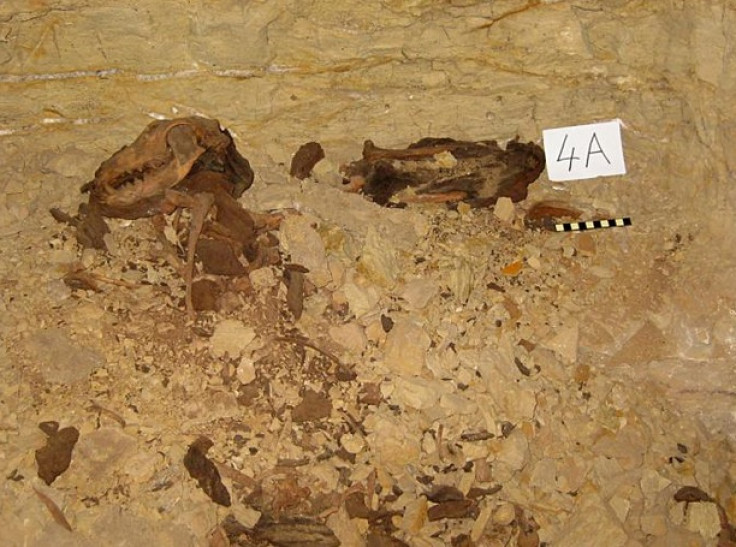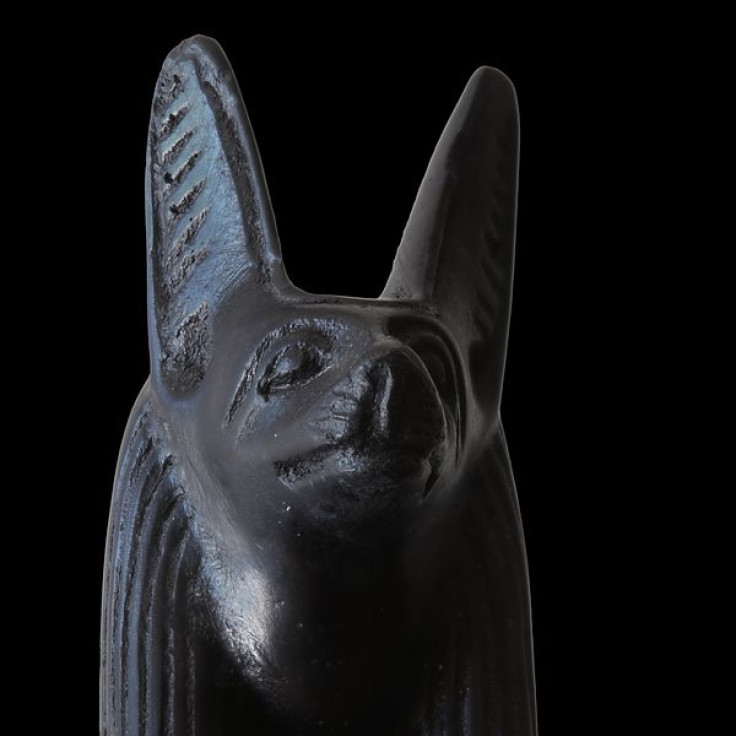Ancient Egypt: 8 million mummified puppies and dogs discovered by god of death temple

A catacomb from ancient Egypt containing eight million mummified puppies and dogs likely played a significant role in the economy at the time, researchers have said.
The remains were found next to the temple of Anubis, the dog-like god of death, in North Saqqara in Egypt. Archaeologists from the University of Cardiff said the find highlights the "unappreciated scale of burial practices associated with animal cults".
Authors of the study, published in the journal Antiquity, say the findings suggest these animal cults played a huge economical role in ancient Egypt and later eras.
According to a report by LiveScience, the catacomb was built in honour of Anubis almost 2,500 years ago. It measures 568ft in length with a maximum width of 459ft. Along with the dogs and puppies, there were jackals, foxes, cats, mongoose and falcons – although these animals made up just 8% of the remains.
Lead researcher Paul Nicholson said pilgrims probably saw the display as an expression of gratitude to the gods. He said many of the dogs would have been just hours or days old when they were mummified – they may well have been bred specifically for the cult.
It is thought the puppies would have died from dehydration or starvation after being separated from their mothers: "They probably weren't killed by physical action; we don't have evidence of broken necks that you get with cat burials," Nicholson said.
Some of the older dogs had elaborate burials and could have lived in the temple.

The dog catacomb has been known about since the 19<sup>th century, but the latest study has now analysed the remains in depth.
Speaking in 2011, Nicholson said: "Our findings indicate a rather different view of the relationship between people and the animals they worshipped than that normally associated with the ancient Egyptians, since many animals were killed and mummified when only a matter of hours or days old.
"These animals were not strictly 'sacrificial'. Rather, the dedication of an animal mummy was regarded as a pious act, with the animal acting as intermediary between the donor and the gods."
Animal cults in ancient Egypt were popular until Roman occupation. During the period, Saqqara would have been a busy spot for tourism, with animal cults playing a big role in attracting visitors.
Nicholson told the website: "It would have been a busy place. A permanent community of people living there supported by the animal cults."
© Copyright IBTimes 2024. All rights reserved.






